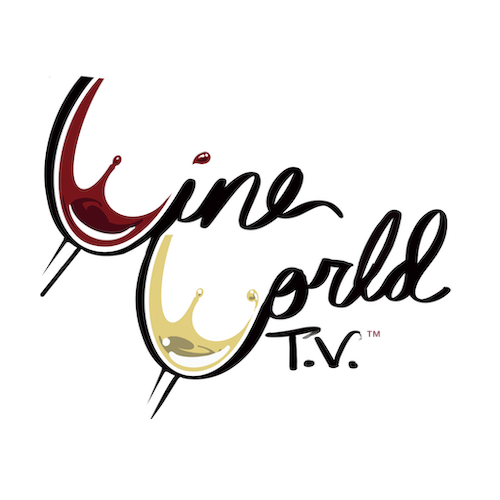Sommelier School
Lesson 1
What is Wine?
Wine is the byproduct of fermented grape juice. It’s just that simple. Well, sort of. I mean you can’t just make great wine from letting that bottle of Welch’s Grape Juice sit out for a few weeks and ferment. But that is the basic idea. Let’s get a little more in depth. First you need to harvest ripe grapes. In the Northern Hemisphere this typically happens from September to October. Some wines have grapes harvested as late as December, but that’s a little far ahead for us. Next put all your grapes in a good container that’s not going to leak – that’d be bad m’kay. Third, crush those grapes. Get all the juice out of them. Finally, let nature take its course. The sugars in the juices will interact with the natural yeasts in the air to cause fermentation. Alcohol is what is left over once the yeasts have had their fill of sugars. Eventually the fermentation will stop (i.e. the yeasts stop feeding on the sugar). This is due to the sugar being gone. The other byproduct of this process is CO2. Once you’re done with all of this, bottle it up! OK, maybe let it age a bit, then bottle it.
So now that we got the basics out of the way, what types of wine are there? There are 3 main types of wine – Red, White, and Rosé. What determines the color? Are there Red, White, and Rosé grapes? Well, yes and no. Almost all grape juice is clear. White wines are just their juice. They get their color from the variations of a specific varietal’s juice. Plus any imparted from the oak barrels used for aging. Reds get their color from contact with the skins during the fermentation process. This can be days or weeks depending on the varietal and the winemaker’s preference. So what about Rosés or Blush wines? Those are all made from red grapes where the skins were in contact with the juice for at most a few hours. The most famous example of a Blush wine in the U.S. is White Zinfandel. The Zinfandel grape is red. The skins barely sit in the juice to give it that pink color. So, White is kind of a misnomer, but it’s used to distinguish from a Zinfandel, sometimes call Red Zinfandel to avoid confusion. Knowing this, you can make white wines from red grapes. It’s not done very often, but in the Champagne region of France, this is done. One of the varietals used in Champagne is Pinot Noir.
For white wines, the range of colors is from a greenish-yellow all the way to a brownish tint. While color doesn’t necessarily indicate quality of wine, it can indicate the age of a wine. The darker or browner a white wine, the older it is. Most of the time. For reds, their range is from a purple-red color all the way to also brownish. A red wine that is close to brown is typically old. However, some reds that are 20+ years old will still show to be more red than brown. There is no exact science that correlates wine color to age.
On to categories of wine. The three main categories of wine – Table, Sparkling, and Dessert or Fortified. Table wine is the most common form. It’s the wine that most of us know. Don’t confuse this with the designation Table Wine that many countries use to indicate quality or level of wine. Table wine is a wine that has no carbonation and its alcohol level is typically 8-15%. One thing to note about alcohol. In the U.S. the alcohol listed on a wine bottle can be off by as much as 1.5%. So that winemaker may say it’s Merlot is 13% ABV (Alcohol By Volume) but in reality it could be as low as 11.5% or as high as 14.5%. Next is Sparkling wines. These are wines that typically have an ABV in the range of 8-12%. The big difference is they have bubbles. These bubbles are due to the CO2 that is trapped during the fermentation process. And finally we have Dessert wine or Fortified wine to more precise. Why? Well not all fortified wine is sweet. Many Ports and Sherries are dry. What separates these wines is their alcohol level. Typically 17-22% ABV. To achieve this higher level, the winemaker adds alcohol to the wine either during the fermentation process or after. In the U.S. they are usually referred to as Dessert Wines. In Europe they can be referred to as Liqueur Wines.
So that’s it for this week. I don’t want to get too in depth right now, especially for those of you that are very new to wine. Next week we will discuss the tasting and smelling of wine.
Mark V. Fusco
Aspiring Sommelier in Training


